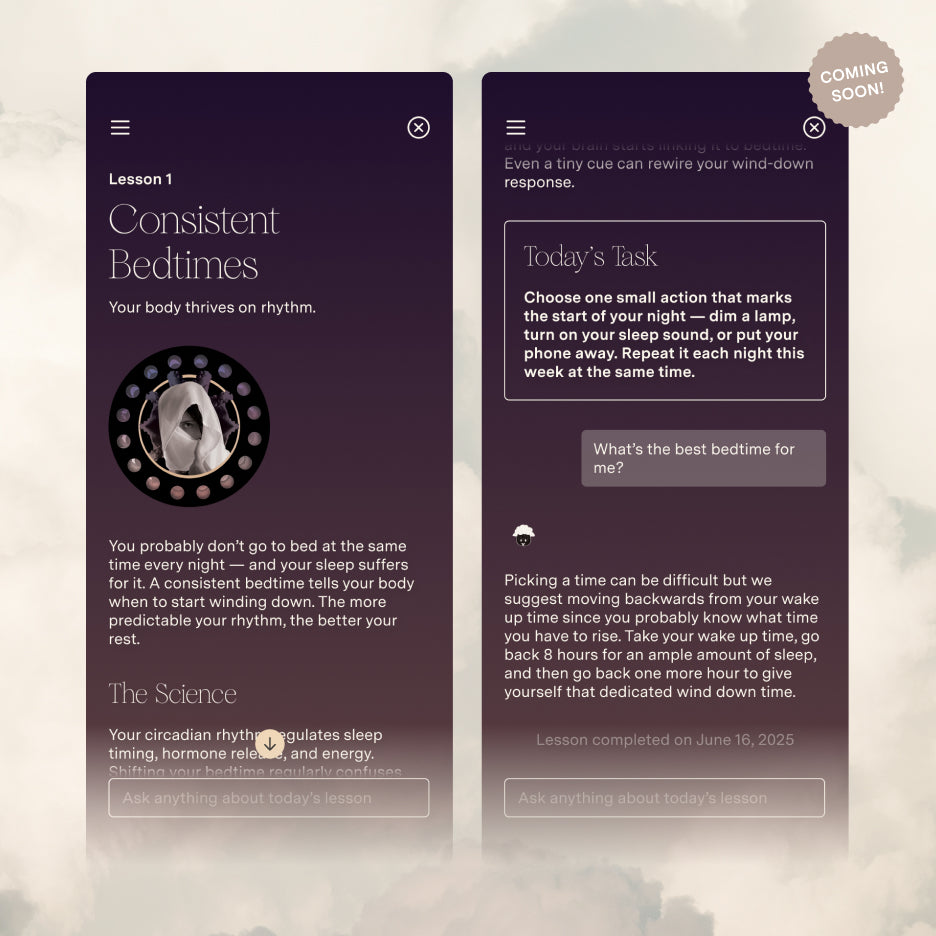In a world where smartphones and social media are practically ubiquitous, discussing the decision to keep your child phone and social media-free can be daunting. With peers, advertisements, and even educational platforms heavily integrating these technologies, it’s easy for kids to feel left out if they don’t have a smartphone or social media accounts. However, bringing up this conversation thoughtfully and empathetically can help your child understand the reasoning behind the decision and embrace the benefits of staying phone and social media-free. Here’s how to approach this delicate topic with your child.
1. Choose the Right Moment
Timing is crucial when discussing something as significant as staying phone and social media-free. Choose a moment when your child is relaxed and receptive—perhaps during a family meal, a walk, or another quiet, screen-free time. Avoid bringing it up during moments of conflict or when they are already feeling excluded or frustrated by not having a phone or social media access.
2. Start with a Conversation, Not a Lecture
Instead of launching into a monologue about the dangers of social media and smartphone addiction, start with a conversation. Ask your child how they feel about phones and social media. What do they think the pros and cons are? By starting with their perspective, you make the conversation a two-way street, allowing them to feel heard and respected.
3. Explain Your Reasoning with Empathy
Children are more likely to be receptive to your decisions when they understand the reasoning behind them. Explain why you’ve chosen to keep them phone and social media-free, focusing on their well-being. Discuss the impact of screen time on mental health, the pressures of social media, and the benefits of living a more balanced, present life. Be sure to acknowledge their feelings and the challenges they may face, such as feeling different from their peers.
4. Highlight the Benefits
It’s important to emphasize the positive aspects of staying phone and social media-free. Talk about the advantages, like having more time to pursue hobbies, develop deeper real-life friendships, and experience less stress from constant notifications and online drama. You might also mention how they’ll have more opportunities to focus on school, sports, or other interests without the distraction of a phone or social media.
5. Address Their Concerns Head-On
Your child may have valid concerns about not having a phone or social media, especially if their friends are all plugged in. They might worry about missing out on social events, not being able to connect with friends, or feeling left out of group conversations. Address these concerns directly and empathetically. Offer solutions, like arranging more face-to-face time with friends or allowing them to use a family device for essential communication.
6. Involve Them in the Decision-Making Process
Whenever possible, involve your child in the decision-making process. This could mean allowing them to decide when they’re ready for certain digital privileges or discussing how they can stay in touch with friends in other ways. By giving them a sense of ownership over the situation, they’re more likely to feel empowered rather than restricted.
7. Be Prepared to Compromise
While you may be committed to keeping your child phone and social media-free for as long as possible, there might come a time when a compromise is necessary. For instance, you might agree to a basic phone without internet access or set specific times when social media can be used under supervision. The key is to find a balance that respects your child’s needs while still aligning with your family’s values.
8. Provide Alternatives for Socializing
One of the biggest draws of social media is its ability to keep people connected. Without it, your child might worry about losing touch with friends. Help them find alternative ways to socialize, like joining clubs, sports teams, or other group activities. Encourage them to call or meet up with friends in person, and consider organizing events where they can connect with peers in a phone-free environment.
9. Reinforce the Importance of Privacy
Teach your child about the importance of privacy and the potential risks associated with sharing personal information online. Explain that by staying off social media, they’re protecting their privacy and avoiding the pitfalls of oversharing. This conversation can help them understand that your decision is not just about limiting their screen time but also about keeping them safe.
10. Model the Behavior You Want to See
Children are incredibly perceptive and will notice if you’re constantly on your phone or checking social media. Model the behavior you want to see in them by setting boundaries for your own screen time and demonstrating that life without constant digital connectivity is fulfilling and fun. Spend quality time together engaging in screen-free activities, showing them that real-life experiences are more valuable than what’s happening online.
11. Check in Regularly
After the initial conversation, make it a point to check in with your child regularly about how they’re feeling. Ask them how they’re coping with being phone and social media-free, and be open to discussing any new concerns or challenges they may have. Regular check-ins will help you stay connected and provide ongoing support.
12. Celebrate Their Strength and Resilience
Choosing to stay phone and social media-free, especially in a world where these technologies dominate, requires strength and resilience. Acknowledge and celebrate your child’s ability to navigate this path. Highlight their achievements and the positive outcomes of their choice, whether it’s improved grades, stronger friendships, or newfound hobbies.
Bringing up the decision to keep your child phone and social media-free is not just about setting boundaries—it's about fostering a healthy, balanced approach to life in a digital world. By approaching the conversation with empathy, respect, and openness, you can help your child understand the value of staying unplugged and embrace the joys of a life less tethered to technology. Remember, this decision is not just about what you’re keeping them away from, but what you’re giving them more time and space to discover.
























